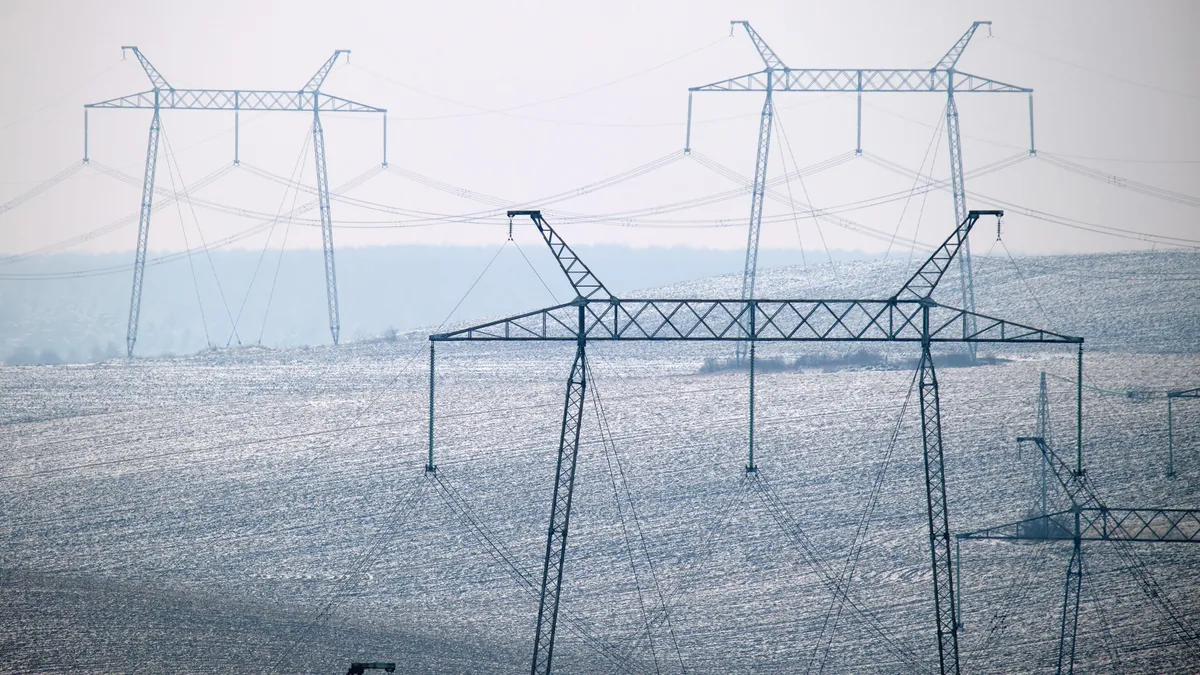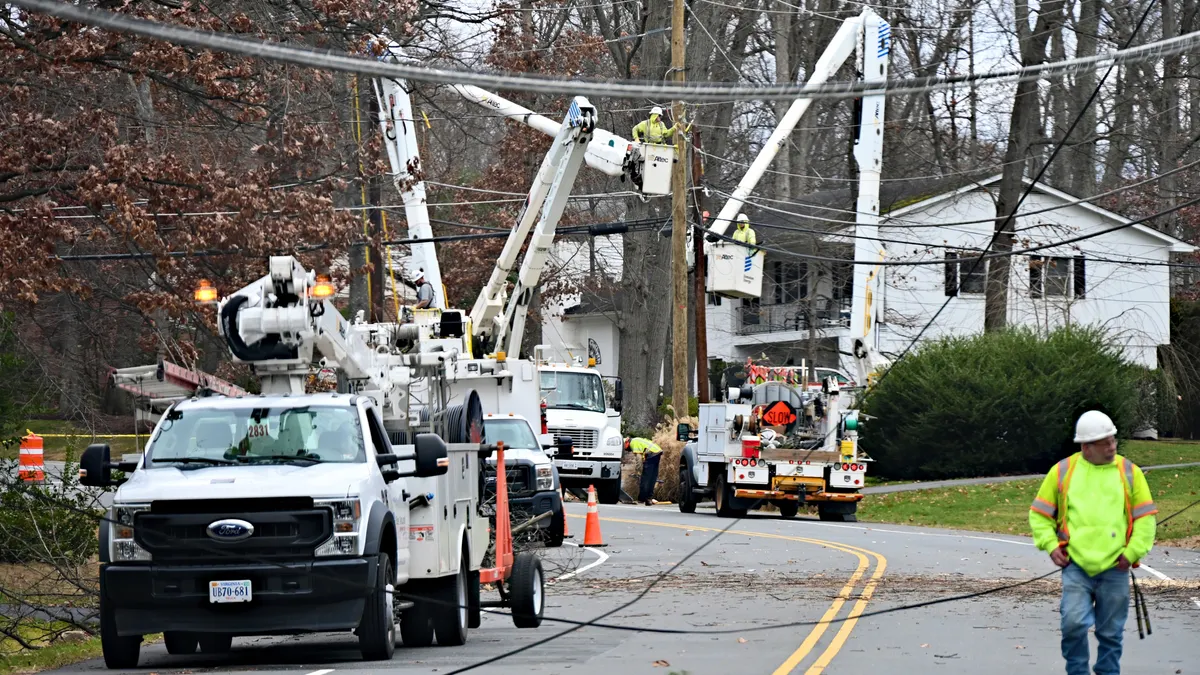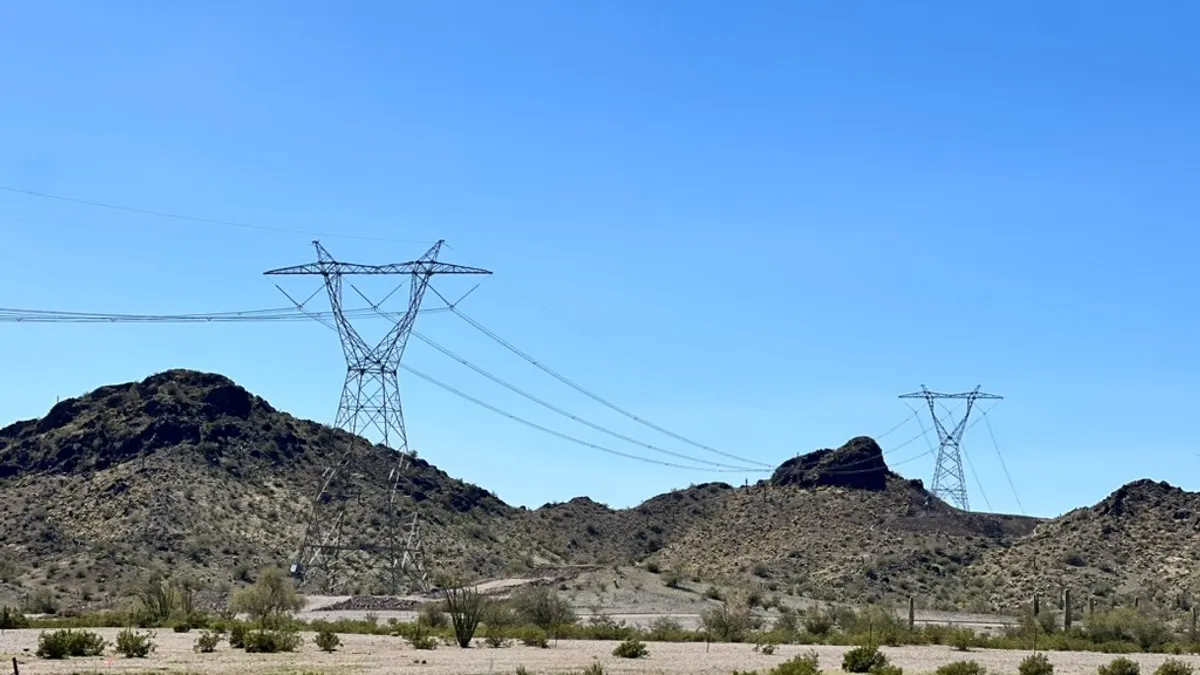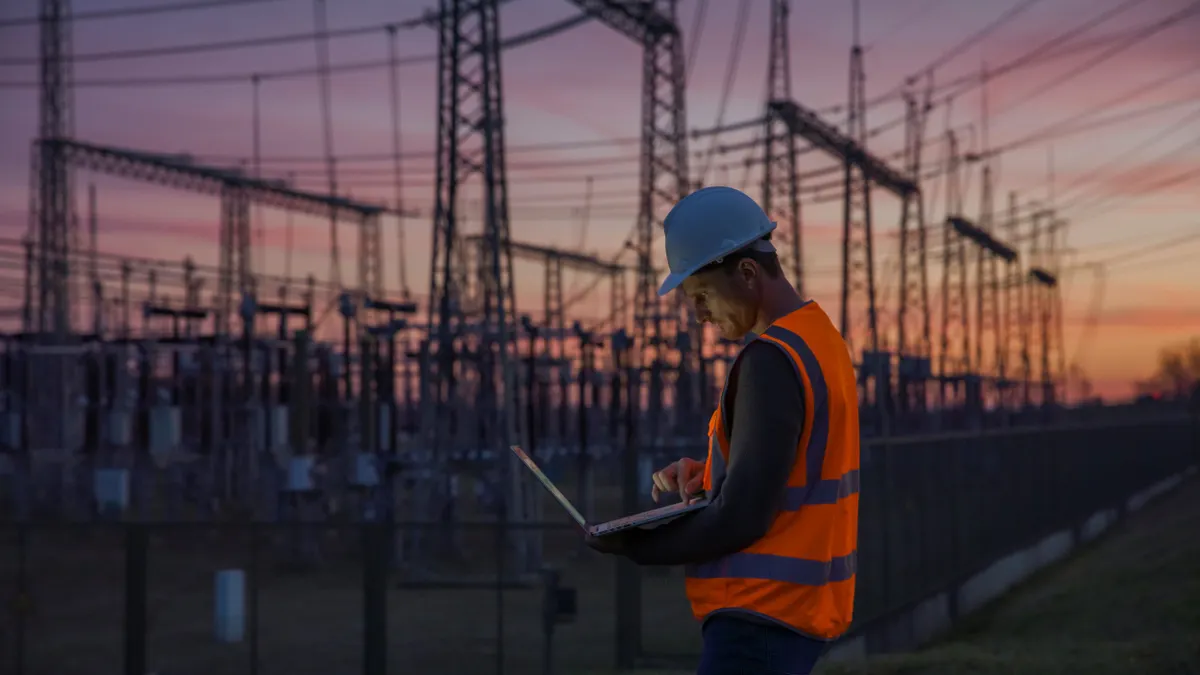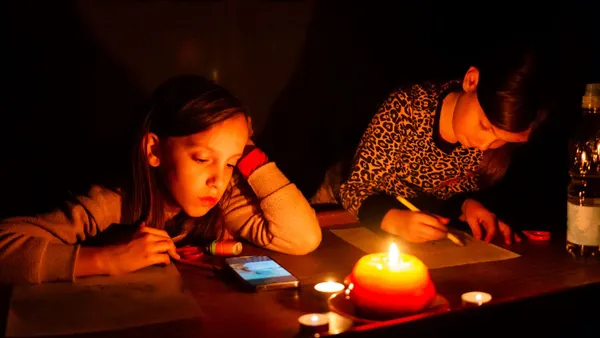The New York Public Service Commission's order last week creating a 3 GW by 2030 energy storage target identified a destination on the state's transformation of its energy sector, but did not delineate every road on route to that goal.
"The order last week was a good first step on the roadmap," but while it addressed many of the policies to achieve that goal, it was short on several details, Ted Ko, director of policy at Stem, told Utility Dive.
The PSC order did not provide details on how some of the goals will be achieved or on issues such as the apportionment of some funds. In a wider context, there are questions about how the storage goal will mesh with the wholesale power market rules of the New York Independent System Operator. In addition, there are pending permitting issues in New York City that could affect the anticipated build-out of energy storage facilities there.
While the order largely fulfills analysts' expectation of what the PSC would do, "we would describe the state's path toward the target as a 'work in progress,'" Timothy Fox, vice president and research analyst at ClearView Energy Partners, told Utility Dive. "We think the order's lack of stringent detail could be categorized as an attempt to afford flexibility in implementation."
There was a long build up to the release of the PSC order, starting with Democratic Gov. Andrew Cuomo's State of the State address in February in which he announced several energy-related initiatives, including a promise of an energy storage target. In June, Cuomo followed that announcement with the release of the state's Energy Storage Roadmap.
Both announcements are part of the governor's wider Reforming the Energy Vision initiative that includes a Clean Energy Standard to generate 50% of the state's electricity from renewable energy sources by 2030.
On Monday, Cuomo upped the ante, pledging to make New York's electricity supplies 100% free of carbon dioxide emissions by 2040.
The moving parts
One of the key parts of the PSC order was authorizing a $310 million bridge fund to kick start the energy storage market. "It was the most important thing they did," Ko said, but the PSC "didn't say how it would be apportioned out." The New York State Energy Research and Development Authority (NYSERDA) has 60 days to come up with a plan.
The storage-related fund will use previously collected but uncommitted renewable portfolio standard ratepayer funds to finance energy storage projects. The funds are slated to be allocated among three market segments — customer-sited storage, distribution-sited storage, and bulk market storage — but the order did not spell out those allocations.
"What we don't want to happen," Ko said, is for so much of the funding to go to bulk storage that one utility will get most of it. "We hope that each [market] segment will be able to take advantage of it."
The order calls for the apportionment to be prioritized by the segment that will have the fastest cost declines. Ko said that Stem and others in the industry want the funds to go where the gap between available revenue and needed revenue is the smallest.
Analysis in the state's Energy Storage Roadmap showed that the break-even gaps were the smallest in some use-cases in the behind-the-meter, commercial and industrial sector because those projects have access to a variety of value streams.
In terms of the low hanging fruit that will be coming out of the PSC order, "we and others recommend [behind-the-meter commercial and industrial] applications because they can be done quickly," Ko said, particularly in the transmission congested areas in the southern part of the state. Those areas — zones J and K in the NYISO's wholesale market — are in and around New York City.
Another market segment likely to take off rapidly in the wake of the PSC order is storage paired with solar power, said Ko. Cuomo announced the $40 million NY-Sun program in October as a way to jumpstart the energy storage market in the state. The program aims to accelerate the deployment of at least 50 MW of energy storage paired with solar.
One of the chief attractions of the program, said Ko, is its simplicity. He is hoping that as more of the details of the storage target are hammered out, the state will "keep it simple and not make it overly complicated."
At least one aspect of the order does appear to achieve a degree of simplicity.
The PSC order calls for the state's six investor-owned utilities to conduct competitive solicitations to have a total of 350 MW of energy storage resources in service by Dec. 31, 2022. Consolidated Edison will bear the bulk of that obligation. The utility, which serves New York City and some of the surrounding counties, is tasked with procuring 300 MW of storage, while the other five IOUs have to procure at least 10 MW each.
The utilities face a Feb. 11, 2019, deadline to submit plans for their competitive procurement processes.
Con Ed was chosen to carry that load because the Roadmap identified it as having "the most potential for storage due to higher NYISO installed capacity costs and utility demand charges," Con Ed spokesman Allan Drury, told Utility Dive. "Through the Joint Utilities, we recommended that any initial efforts focus on larger grid-connected projects that would be less expensive and easier to permit and build."
If you can build it here
The congestion around New York also plays into that strategy by creating the opportunity for economic peak demand reduction and load shifting. Ko said that seven of Stem's initial sites for energy storage are in Westchester County to the north of New York City.
Building energy storage projects in New York City itself, however, poses its own challenges.
The city has been working toward finalizing and streamlining its permitting process for behind-the-meter lithium-ion batteries sited inside buildings. The stringent, complicated and one-off nature of the permits needed from the city's Department of Buildings and the Fire Department of New York has limited energy storage projects in the city. Even though the city has an ambitious storage target of 100 MWh by 2020, there were only 5 MWh of storage installed in the city at the beginning of 2017.
"There are a lot more opportunities indoors to deploy the storage that New York needs, but the permitting issues are absolutely a barrier," Ko said.
Ko said Stem has deployed hundreds of indoor storage systems around the nation without a problem, many of them for Fortune 500 companies that also have a presence in New York City. They would like to use energy storage in New York, but they have to wait for the revised permitting process to be finalized before those projects are viable.
Last April, a collection of organizations released a report to guide building owners and project developers in the permitting and interconnection process for outdoor li-ion batteries in New York City. While that is "a positive step, there is still significant work to be done to remove barriers to siting, permitting, and commissioning energy storage devices in New York City," Mike Alter, a senior associate on ICF's DER team, told Utility Dive.
The fact that the PSC is calling on ConEd to procure 300 MW of energy storage resources, makes it even "more important to expeditiously address these concerns," he said.
Outside the fold
Another moving part that will be key to the development of a viable energy storage market in New York, but a part that is out of the control of the PSC and largely out of the control of the state government, is how energy storage resources will interact with and be treated by the state's ISO.
Shortly before the PSC released its order, grid operators filed their responses to the Federal Energy Regulatory Commission's Order 841, which requires RTOs and ISOs to come up with new rules to level the playing field for energy storage.
In its 841 compliance filing, NYISO prohibited dual participation of an energy storage resource in its wholesale energy market, at least not until it sets new rules in a separate proceeding. Dual participation would allow an energy storage resource to sell services to a host, such as a utility, and also into the wholesale market. That prohibition creates a conflict because New York's Energy Storage Roadmap specifically calls for the revenue stacking that would be made possible by dual participation.
For example, a front-of-the-meter energy storage project that provides local reliability services for a utility and sells ancillary services to the ISO would be engaging in dual participation. That is exactly the kind of project that ConEd might want to do, Ko said. "We've known for a while" which way NYISO was headed, so the prohibition wasn't a surprise, "but it was a little disappointing," he said.
"It could be challenging to get energy storage into the wholesale market for a little while," Ko said, but Stem and others in the industry are working with NYISO on the issue. "We have to work with the process we have."
Despite the challenges, the PSC's order does put New York in a small group of states, including California, Massachusetts, Oregon and New Jersey, with energy storage targets, and puts New York on the path to developing a viable energy storage market.
NYISO is "exploring several concepts," including dual participation, with its stakeholders in order to develop market rules for Distributed Energy Resources, including energy storage resources, that want to participate in NYISO's wholesale markets and in retail-level programs, spokesman Kevin Lanahan told Utility Dive via email.
Any rules related to dual participation should be the result of the robust ongoing stakeholder discussion, which is currently underway, Lanahan said.
Those discussions are a part of a market design that seeks to broadly integrate DERs into wholesale markets. NYISO intends to submit its DER integration proposal to FERC in 2019, Lanahan said.
And, "more broadly, the PSC's storage order represents another data point in an emerging trend in which green-leaning states are specifically targeting not just higher renewable mandates, but 'cleaner' peaks," Fox said. "We expect this trend to accelerate in 2019."







